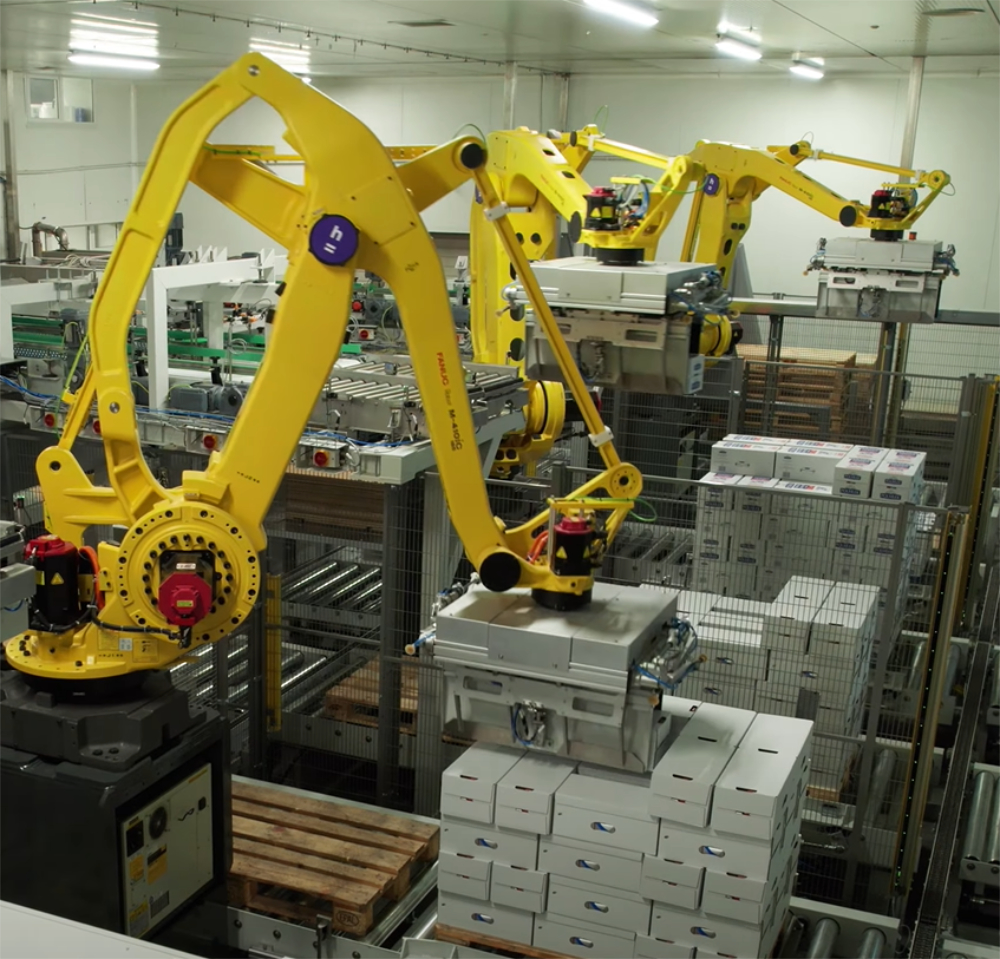
Production automation is no longer a concept of the future – it's a real response to today’s industrial challenges: high costs, staffing difficulties, and deadline pressure. But does it really translate into hard savings? What does real-world practice show? Let’s look at it without marketing slogans – from the perspective of shop floors and OEE reports.
What is automation? Simply put, it’s the use of technology to streamline or take over tasks previously performed by humans. And it’s not just about industrial robots – production automation also includes feeders, vision systems, sorters, robotic palletizers, or safe machine automation using light curtains and safety sensors.
Many business owners still believe it’s too expensive and complex. However, automating just one stage – like packing, labeling, or sorting – is often enough to see noticeable improvements: reduced material usage, fewer errors, shorter cycle times. One smart decision can change the way an entire line operates.
Automation delivers measurable benefits when it’s properly designed. In practice, this usually means:
For example, a medium-sized chemical production plant achieved ROI in under a year after automating its mixing station. Lead times improved, energy consumption decreased, and the number of complaints dropped.
Wondering how to measure the results of an automation project? Look at OEE (Overall Equipment Effectiveness). This indicator shows how much of your machines’ potential you’re actually using. In short – the higher your OEE, the better your processes are running.
Automating production lines is one of the most effective ways to improve OEE. It eliminates microdowntime, improves quality control, and increases machine performance predictability. OEE is also a great tool for identifying bottlenecks – those weak points where production stalls and money leaks away.
Automation doesn’t have to mean upheaval and layoffs. Quite the opposite – it often relieves employees from monotonous or physically demanding tasks. In a well-implemented project, everyone benefits: workers have fewer burdens, production becomes more stable, and maintenance teams can focus on long-term improvements instead of firefighting.
Modern companies invest in automation solutions that prioritize ergonomics, safety, and ease of use. For many factories, it’s not the robots but feeding systems that make the biggest difference – removing the most physically strenuous tasks. These solutions not only work but are also easy to scale as needs grow.
Today, it’s not about being trendy with robots – it’s about addressing real challenges: rising energy costs, labor shortages, customer demands for speed and quality. Automation gives you control over what’s happening on the shop floor – instead of relying on gut feeling, you can act based on real data.
In practice, the biggest gains come to companies that take a phased approach – expanding automation gradually as their needs evolve. Production automation can be scaled – a huge advantage in uncertain times.
Not every process is worth automating. The key lies in observation and analysis: where are the losses? What can be simplified? Sometimes, it’s better to invest in analyzing and upgrading existing machines than to overhaul an entire line.
This is what distinguishes a well-thought-out investment from an expensive experiment. Automation works best when it solves a real problem – not when it’s just another checkbox in a sales brochure.